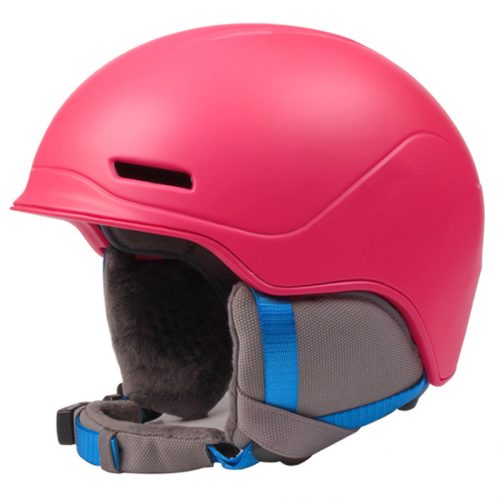Helmet safety is a critical concern, especially in activities such as cycling, motorcycling, and various sports. There are several common myths and misconceptions regarding helmet safety, and it’s important to debunk these myths to promote a better understanding of the importance of wearing helmets and using them correctly. Here are some helmet safety myths debunked:
- Myth: Helmets are unnecessary for short trips or low-speed activities.
- Fact: Accidents can happen at any time, even during short trips or at low speeds. Helmets provide protection against head injuries in various scenarios, not just high-speed accidents.
- Myth: Helmets can prevent all head injuries.
- Fact: Helmets are designed to reduce the risk of head injuries, but they cannot guarantee complete protection in all situations. Their effectiveness depends on factors such as proper fit, the type of impact, and the quality of the helmet.
- Myth: Any helmet will do; they’re all the same.
- Fact: Helmets must meet specific safety standards to provide adequate protection. Look for helmets that are certified by relevant safety organizations, such as the Consumer Product Safety Commission (CPSC) in the United States. The type of helmet (e.g., bicycle helmet, motorcycle helmet) should also match the activity.
- Myth: Helmets cause more neck injuries in accidents.
- Fact: Research shows that properly designed and fitted helmets do not increase the risk of neck injuries. Helmets are primarily engineered to absorb and distribute the forces that would otherwise impact the head.
- Myth: I don’t need a helmet because I’m a skilled rider/driver.
- Fact: Even experienced riders and drivers can be involved in accidents due to the actions of other road users or unforeseen circumstances. Helmets are a crucial safety precaution for everyone.
- Myth: A damaged helmet should still provide protection.
- Fact: If a helmet has been involved in an impact or shows signs of visible damage, it should be replaced. A damaged helmet may not offer the same level of protection as an undamaged one.
- Myth: Helmets are too uncomfortable to wear.
- Fact: Modern helmet designs focus on comfort and ventilation. Properly fitting helmets should be comfortable to wear, and there are various styles and sizes available to accommodate different preferences.
- Myth: Wearing a helmet guarantees safety, so I don’t need to follow traffic rules.
- Fact: Helmets are an essential safety measure, but they do not exempt riders or drivers from obeying traffic laws and practicing safe riding or driving behaviors.
- Myth: Children don’t need helmets for certain activities like scootering or skateboarding.
- Fact: Children, like adults, are vulnerable to head injuries during various recreational activities. It’s crucial to ensure children wear properly fitting helmets when participating in activities that pose a risk of head injury.
- Myth: It’s okay to wear a helmet with a loose chin strap.
- Fact: The chin strap is a vital component of helmet safety. A loose chin strap can allow the helmet to shift or even come off during an impact. Always ensure the chin strap is securely fastened.
It’s important to emphasize that helmets are a proven and effective means of reducing the risk of head injuries in accidents. Debunking these myths helps reinforce the importance of wearing helmets correctly and responsibly in various activities to maximize safety.


